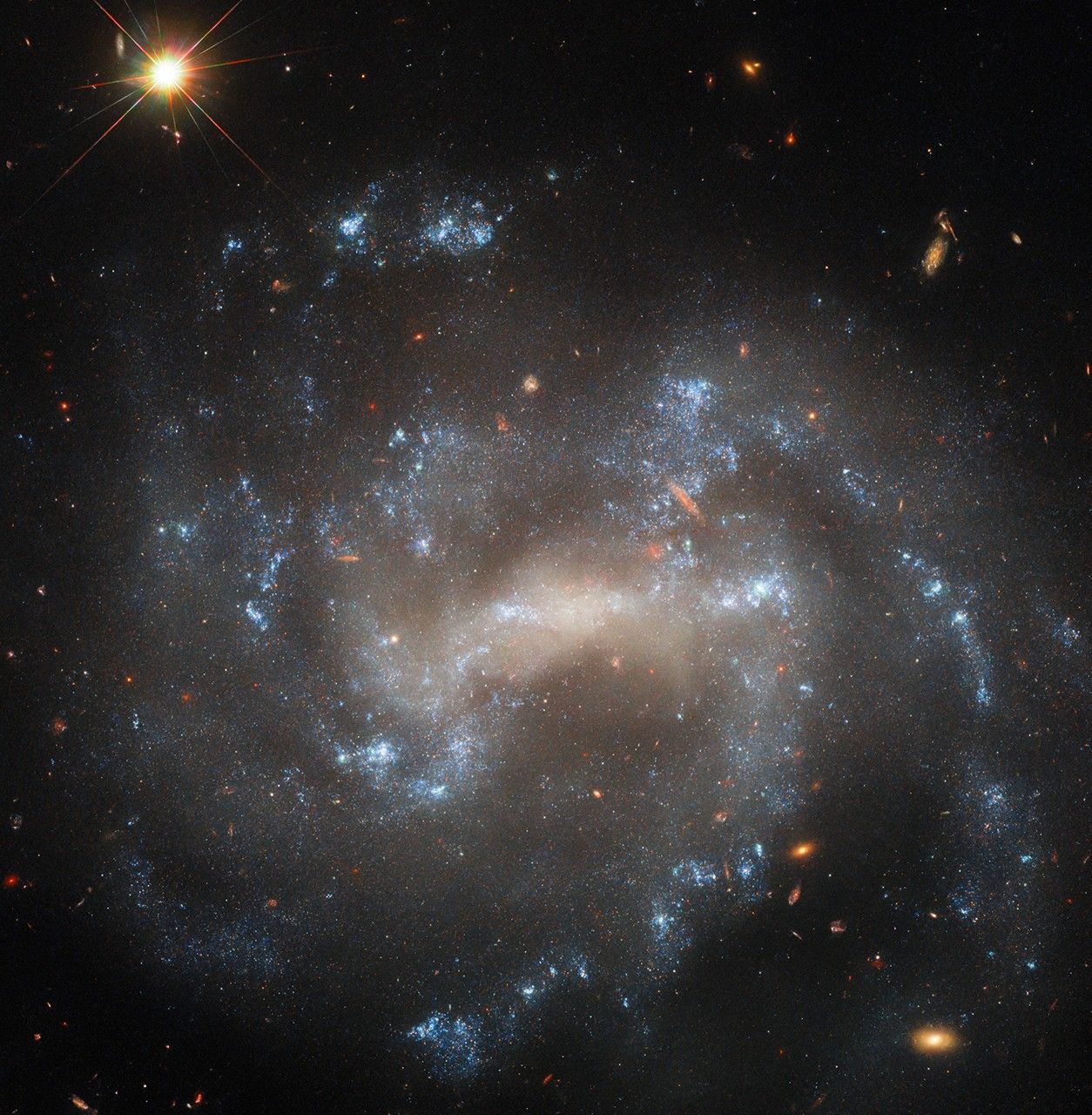NASA awards Planetary Defense Space Telescope launch services contract – SatNews
Original Publication Date: 2025-02-21 00:00

The Near-Earth Object (NEO) Surveyor mission will detect and observe asteroids and comets that could potentially pose an impact threat to Earth. The firm fixed price launch service is approximately $100 million, which includes the launch service and other mission related costs. The NEO Surveyor mission is targeted to launch no earlier than September of 2027 on a SpaceX Falcon 9 rocket from Florida.
SpaceX sends 23 Starlink smallsats soaring including 13 Direct to Cell – SatNews
Original Publication Date: 2025-02-21 00:00

Falcon 9 launched 23 Starlink satellites, including 13 with Direct to Cell capabilities, to low-Earth orbit from Space Launch Complex 40 (SLC-40) at Cape Canaveral Space Force Station in Florida. This is the 21st flight for the first stage booster supporting this mission, which previously launched CRS-26, OneWeb Launch 16 and 11 Starlink missions.
Arianespace ‘postpones’ Ariane 6 launch of French CSO-3 with operations underway – SatNews
Original Publication Date: 2025-02-21 00:00

Arianespace will launch the CSO-3 satellite with Ariane 6 from Europe’s Spaceport in Kourou, French Guiana. The mission, called VA263, will be the first commercial flight for Ariane 6, the new European heavy-lift launcher. CSO-3 is the third satellite in the DGA-led MUSIS program (Multinational Space-based Imaging System)
Forrester’s Digest: Airbus, Thales to merge satellite divisions? – SatNews
Original Publication Date: 2025-02-21 00:00

Airbus and Thales Alenia Space in 'nonbinding' talks to merge satellite-related businesses. Airbus Chief Executive Guillaume Faury: 'We expect to gain scale and speed by consolidating the business' Airbus would be happy to have a stake in a successful business.
NASA’s PUNCH Mission to Revolutionize Our View of Solar Wind
Original Publication Date: 2025-02-21 10:23

NASA’s PUNCH mission will be the first to image the Sun’s corona, or outer atmosphere, and solar wind together. Launching no earlier than Feb. 28, 2025, aboard a SpaceX Falcon 9 rocket from Vandenberg Space Force Base in California. PUNCH will provide scientists with new information about how potentially disruptive solar events form and evolve.
Hubble Spies a Spiral That May Be Hiding an Imposter
Original Publication Date: 2025-02-21 08:10

UGC 5460 sits about 60 million light-years away in the constellation Ursa Major. It has hosted two recent supernovae: SN 2011ht and SN 2015as. Hubble observations of SN 2015as will help researchers understand what happens when the expanding shockwave of a supernova collides with the gas that surrounds the exploded star.
Lunar Trailblazer's Looping Lunar Voyage

Lunar Trailblazer's voyage to the Moon will take between four and seven months, depending on the day it launches. Lunar Trailblazer was a selection of NASA's SIMPLEx (Small Innovative Missions for Planetary Exploration) SIMPLEx missions provide opportunities for low-cost science spacecraft to ride-share with selected primary missions.
NASA's Lunar Trailblazer in Moon's Orbit (Artist's Concept)

Lunar Trailblazer will orbit about 60 miles (100 kilometers) above the lunar surface. The small satellite will produce the best-yet maps of water on the Moon. Observations gathered during the spacecraft's two-year prime mission will contribute to the understanding of water cycles on airless bodies.
Packing Up a CADRE Rover

Cadre aims to prove that a group of robots can collaborate to gather data without receiving direct commands from mission controllers on Earth. Its trio of rovers will use their cameras and ground-penetrating radars to send back imagery of the lunar surface and subsurface. CADRE will launch as a payload on the third lunar lander mission by Intuitive Machines, called IM-3.
Taking a CADRE Rover in Hand

Cadre aims to prove that a group of robots can collaborate to gather data without receiving direct commands from mission controllers on Earth. Its trio of rovers will use their cameras and ground-penetrating radars to send back imagery of the lunar surface and subsurface. The technology demonstration was selected under the agency's Lunar Surface Innovation Initiative.
Map of California Subsidence and Uplift

Researchers from NASA's Jet Propulsion Laboratory in Southern California and the National Oceanic and Atmospheric Administration analyzed vertical land motion along the California coast. They detailed where land beneath major coastal cities, including parts of San Francisco, Los Angeles, and San Diego, is sinking. Locations of uplift were also observed. Causes for the motion include human-driven activities such as groundwater withdrawal and wastewater injection as well as natural dynamics like tectonic activity. Understanding these local elevation changes can help communities adapt to rising sea levels in their area.
Star Trackers for Europa Clipper

The spacecraft launched from the agency's Kennedy Space Center in Florida on Oct. 14, 2024. Europa Clipper's three main science objectives are to determine the thickness of the moon's icy shell and its interactions with the ocean below. The mission's detailed exploration of Europa will help scientists better understand the astrobiological potential for habitable worlds beyond our planet.
First Images From NASA's Europa Clipper

The picture shows tiny pinpricks of light from stars 150 to 300 light-years away. The starfield represents only about 0.1% of the full sky around the spacecraft. Europa Clipper's three main science objectives are to determine the thickness of the moon's icy shell and its interactions with the ocean below.
Isar Aerospace completes static fires of Spectrum rocket ahead of first European launch
Original Publication Date: 2025-02-21 10:36

Isar Aerospace has announced the completion of static fires on both stage one and stage two of its new Spectrum rocket. The company now says the only thing standing between them and a launch is approval and licensing from the Norwegian Civil Aviation Authority. On February 14, 2025, nine of the company’s Aquila engines, already integrated into the launch vehicle, fired for 30 seconds. This comes after the qualification of the vehicle’s single second stage engine in the third quarter of 2024. The company’s maiden launch will fly from its site at the Andøya Spaceport in Norway.
